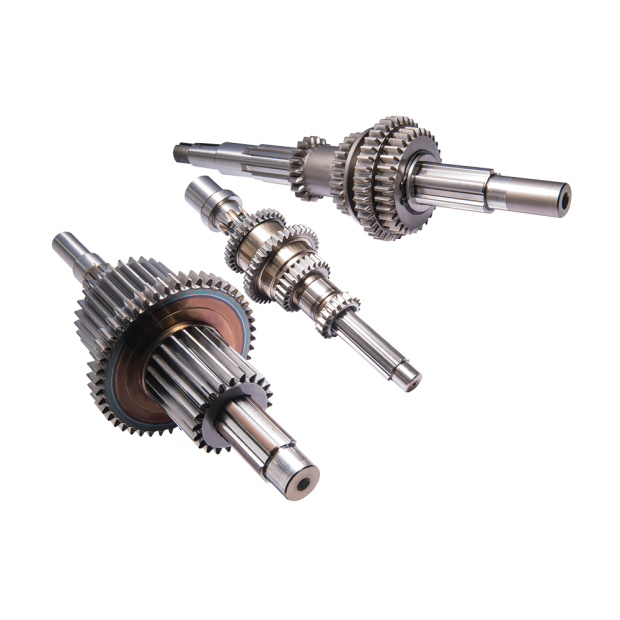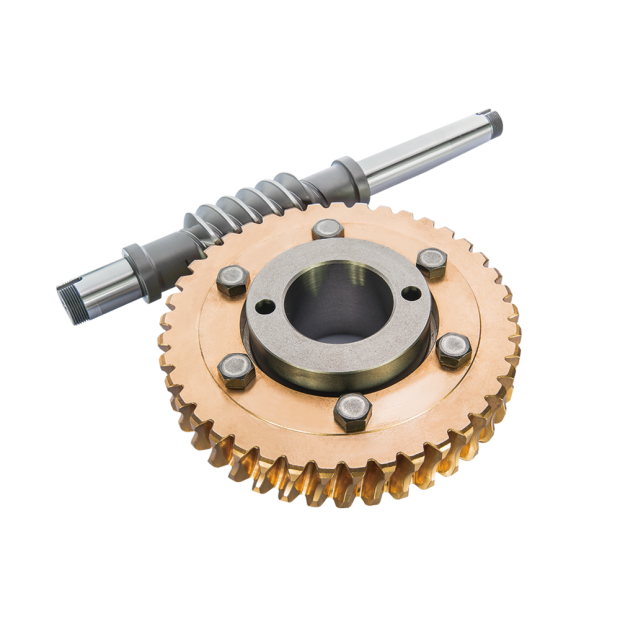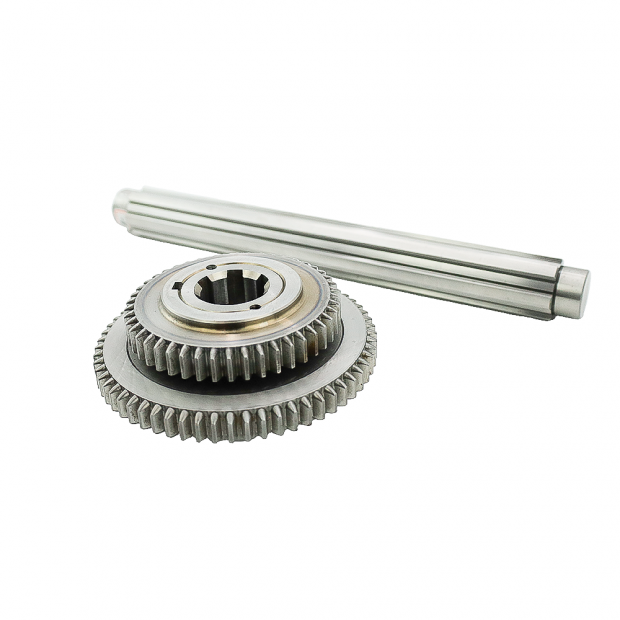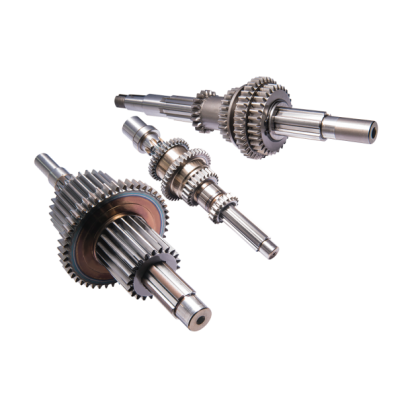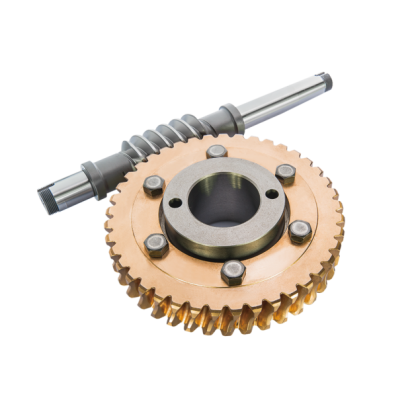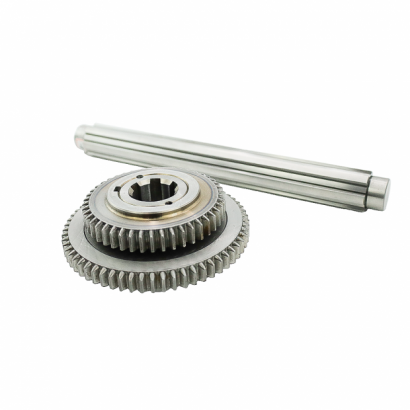- Gears: The toothed wheels that engage with each other. Different types of gears include spur gears, helical gears, bevel gears, and worm gears.
- Shafts: Rods that the gears are mounted on. The rotation of the shafts drives the gears.
- Bearings: Components that support the shafts and allow them to rotate smoothly with minimal friction.
- Frame: The structure that holds the gear train together and ensures proper alignment of the gears.
- Simple Gear Train: Consists of two or more gears in series. Each gear is mounted on its own shaft. Simple gear trains are used when the gears are not required to be on the same axis.
- Compound Gear Train: Contains multiple gears on the same shaft. This setup allows for higher speed ratios and more compact designs.
- Planetary (Epicyclic) Gear Train: Consists of a central sun gear, planet gears that rotate around the sun gear, and a ring gear that meshes with the planet gears. This configuration is compact and offers high torque transmission.
- Speed Reduction: Decrease the rotational speed of a power source while increasing torque.
- Speed Increase: Increase the rotational speed of a power source while decreasing torque.
- Direction Change: Alter the direction of rotation.
- Torque Multiplication: Increase the torque output by using a gear ratio.
- Automobiles: Used in transmissions to provide different speed and torque ratios.
- Clocks and Watches: Regulate the movement of the hands.
- Industrial Machinery: Drive various machine parts with the required speed and torque.
- Robotics: Control the movement of joints and actuators.
- Wind Turbines: Increase the rotational speed of the generator for efficient power production.
- Efficient Power Transmission: Gear trains can transmit power efficiently with minimal losses.
- Precision Control: Provide accurate control of speed and torque.
- Durability: Gears are durable and can handle high loads.
- Complexity: Gear trains can be complex and require precise manufacturing and assembly.
- Maintenance: Require regular maintenance and lubrication to prevent wear and tear.
- Noise: Can generate noise, especially at high speeds or loads.

